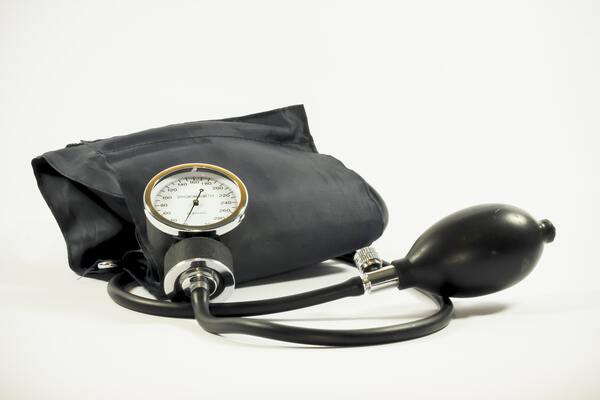The Effect of Concentration on the Pressure of a Sodium Chloride Solution Inside Dialysis Tubing
(1) Pope John Paul II High School, Hendersonville, Tennessee
https://doi.org/10.59720/18-033
High blood pressure causes significant medical problems around the world such as strokes, blindness and even death. Many people with high blood pressure are asked to lower their intake of salt in their diet which led us to wonder how blood pressure changes with more salt in the body and how the kidney diffuses water in response to salt concentration in the blood. Chemically, the salt outside of the blood vessels affects the pressure inside of the blood vessels due to the movement of water across the vessel walls. We used dialysis tubing containing a 0.9% salt-water solution to simulate the standard concentration of sodium chloride in the blood vessels. These simulated blood vessels were then placed in high and low salt solutions and a gas pressure sensor was used to monitor pressure changes in the dialysis tubing. The results showed that when the dialysis tubing was immersed in a solution that contained less salt, the pressure increased, and when it was immersed in a solution that contained more salt, the pressure decreased. Almost no change was recorded in the 0.9% solution. These findings suggest that salt concentration in the blood would impact the rate of osmosis, changing the pressure within the blood vessels.
This article has been tagged with: